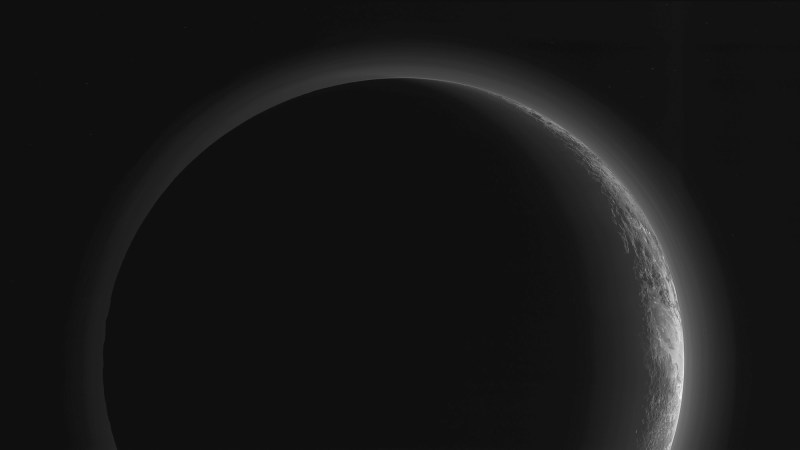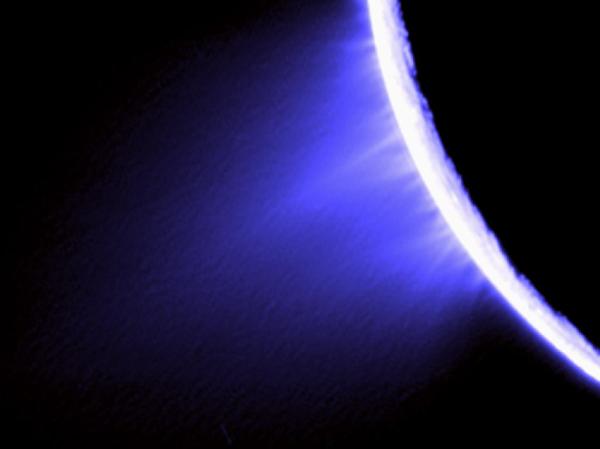

It sent back data until the last possible moment, struggling against the atmospheric forces that would soon vaporize the spacecraft into dust. Then, it was gone. Cassini’s perfectly executed dive last week shuttered one of our few windows to the solar system.
But while we mourn our loss, and celebrate the amazing additions Cassini has made to our knowledge of the solar system, many people are hard at work on the future of solar system exploration.
Currently, there are no plans to return immediately to the Saturn system, and no projects that have quite as many tools or as grand ambitions as those held by a flagship mission like Cassini. But there are some pretty intriguing projects in the works. Here are some notable plans in planetary science that might fill that Cassini-sized hole in your heart. Mark your calendars.
November 2017 Later this year, NASA is expected to pick one or more candidates for the next New Frontiers mission. Shorter-lived (and less expensive) than a massive endeavor like Cassini, these projects are designed to examine specific targets. OSIRIS-REX, Juno, and New Horizons were all funded through the New Frontiers program. NASA is currently reviewing 12 proposals and in November, will select candidates for a preliminary study, which could demonstrate the feasibility of the project and help further narrow the field. Possible candidates include our moon, Titan, Enceladus, Venus, a Saturn probe, and others.
February 1, 2018 This is the end of the line for the Jupiter-orbiting Juno, which will de-orbit into Jupiter on this date, giving everyone mild flashbacks to Cassini’s demise. Juno only arrived at Jupiter in 2016, with a mission to orbit the gas giant 37 times and uncover some of the mysteries of Jupiter’s composition and evolution.
August 2018 OSIRIS-REx is an asteroid-exploring mission that launched last year, heading towards Bennu, a distant asteroid. It will swing by Earth in late September on its way to the asteroid, which it will approach in August 2018. It will start surveying Bennu in October 2018, preparing for its ultimate goal; taking a sample of it in July 2020. Unlike most other planetary science spacecraft (VIP, Cassini) this one will actually come back to us. If all goes well, part of OSIRIS-REx will smash into the Utah desert on September 24, 2023, bringing pieces of Bennu back to Earth.
October 2018 NASA isn’t the only space agency out there. In October 2018, the European Space Agency (ESA) and Japanese space agency JAXA will launch BepiColumbo, a set of two orbiters on a one-year mission to Mercury. NASA has a mass spectrometer on board, which will explore Mercury’s exosphere.
January 1, 2019 New Horizons zooms by 2014 MU69, an odd object that we’re still trying to figure out the shape of, in the first hours of 2019. New Horizons is an old hand at this. This mission successfully completed a flyby of Pluto in 2015.
October 2021 Don’t look a gift spacecraft in the mouth? Lucy is set for a 2021 launch that would see it zipping past the main asteroid belt in 2025 before it gets down to business at the Trojan asteroids from 2027-2033. The Trojans are a strange pack of asteroids that share an orbit with Jupiter. One group forges ahead of the planet while another tags along behind, both groups consistently flanking the planet. Lucy will study six of these odd objects on its mission. Lucy is a part of NASA’s Discovery Program for low-cost science expeditions, which typically have budgets even smaller than New Frontiers projects.
August 2022 Psyche is another Discovery mission. It will blast off from Earth in 2022, slingshot around Mars in 2023, and finally arrive at 16 Psyche, 130 miles of giant metal located deep in the asteroid belt. The strange object is thought to be the naked core of a protoplanet that failed to fully form. This will be the first mission to visit a metal object (instead of a rocky, icy, or gaseous target.) While Psyche and Lucy are both very exciting missions, some scientists worry that NASA’s focus is too much on asteroids, and not enough on places with atmospheres (which have a possibility of supporting life).
Early 2020’s The Europa Clipper is one of the biggest missions that we have in the works. Launching sometime around 2022, the spacecraft will orbit Europa, looking for signs that Jupiter’s moon, with its buried ocean, might be habitable. Around the same time, NASA and the ESA plan to launch the Jupiter Icy Moons Explorer (AKA Juice) which will also take a closer look at Jupiter’s moons.






























